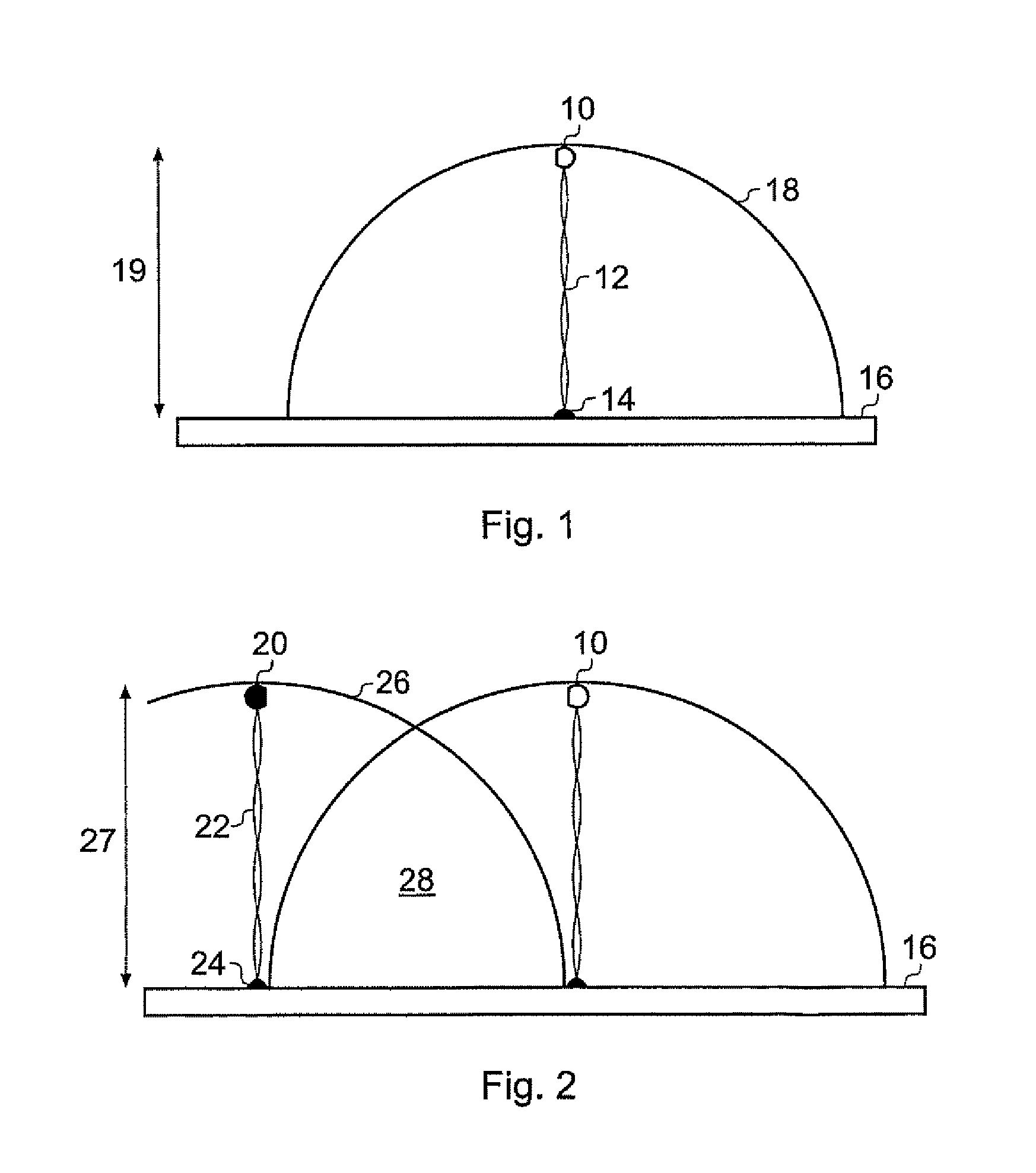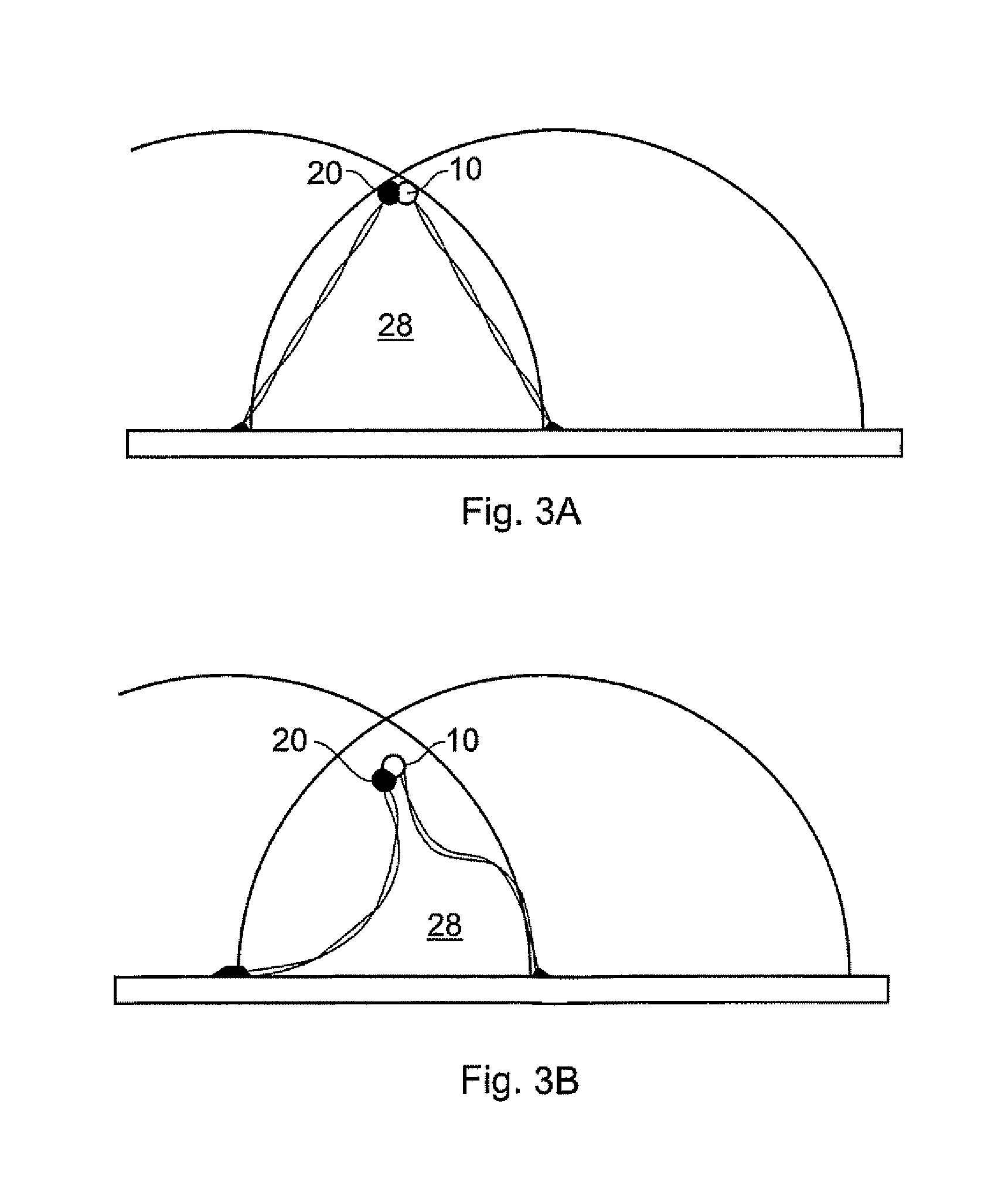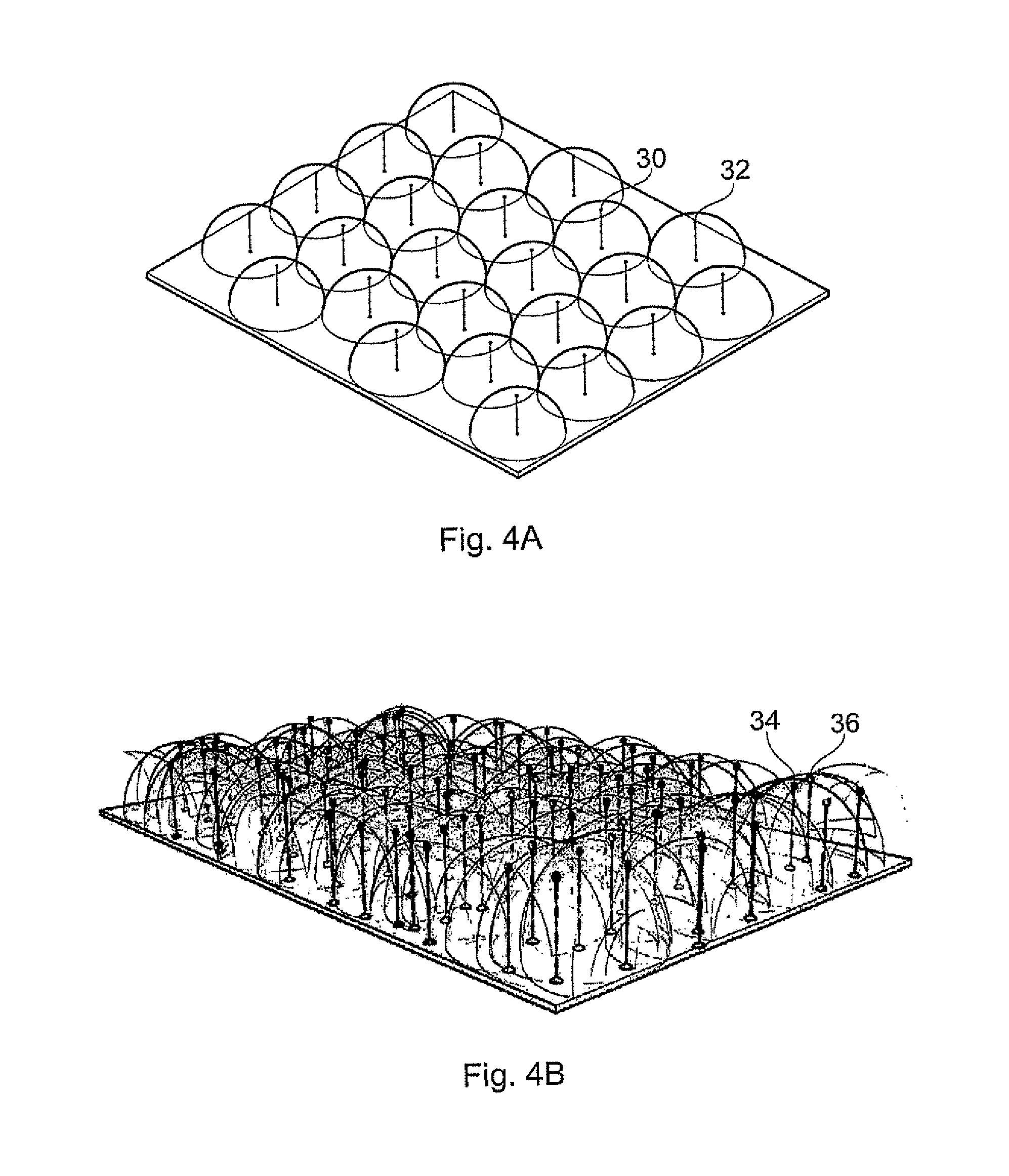Method of measuring the affinity of biomolecules
a biomolecule and affinity measurement technology, applied in the field of biochemical pathway analysis, can solve the problems of difficult to scale up for high throughput applications, difficult to adapt to high throughput analyses, and low protein synthesis and purification system time-consuming and relatively expensive, so as to achieve accurate control of biomolecule concentration and the proportion of bound and free biomolecules.
- Summary
- Abstract
- Description
- Claims
- Application Information
AI Technical Summary
Benefits of technology
Problems solved by technology
Method used
Image
Examples
example 2
Experimental Details
[0133]The generation of the data shown involved the preparation of fluorophore-labelled linear DNA molecules and the measurement of time resolved FRET.
1. Preparation of Reagents
a) Design of the Head Sets
[0134]The biomolecules whose affinity was measured are shown in FIG. 19. The key points are an 11 bp overlap between two pairs of oligonucleotides that constitutes the biological affinity to be measured, together with covalently-coupled fluorophores that are required for the measurement of free and bound molecules using time-resolved FRET. These molecules are essentially the same as described in Example 1 above (FIG. 13A) which contain the same 11 bp overlap single-stranded DNA overlap. The main difference between those sequences and the sequences of this example is the presence of a BstX1 half site to allow ligation onto the Tether Body DNAs (FIG. 19C,D).
[0135]The overlapping oligonucleotide pairs are called ‘Head Sets’ and they are distinguished by the attached ...
PUM
| Property | Measurement | Unit |
|---|---|---|
| volume | aaaaa | aaaaa |
| segment length | aaaaa | aaaaa |
| length | aaaaa | aaaaa |
Abstract
Description
Claims
Application Information
 Login to View More
Login to View More - R&D
- Intellectual Property
- Life Sciences
- Materials
- Tech Scout
- Unparalleled Data Quality
- Higher Quality Content
- 60% Fewer Hallucinations
Browse by: Latest US Patents, China's latest patents, Technical Efficacy Thesaurus, Application Domain, Technology Topic, Popular Technical Reports.
© 2025 PatSnap. All rights reserved.Legal|Privacy policy|Modern Slavery Act Transparency Statement|Sitemap|About US| Contact US: help@patsnap.com



